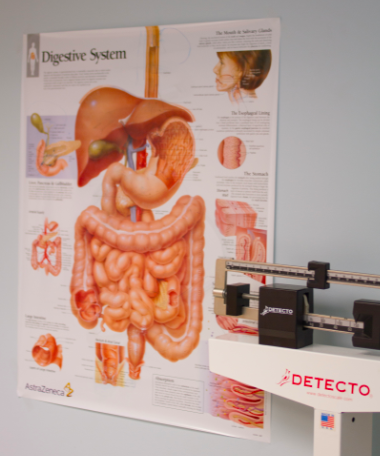When you’re living with IBD, eating can be a constant struggle. Dairy products and high-fat foods are the most common triggers, but even certain fruits and vegetables can irritate your IBD. With such sensitivity to everyday foods, it can be difficult to get the proper nutrition that your body needs. Some people try to find a “one-size-fits-all” diet plan for living with IBD, but the fact is – there’s no such thing. Two people that both have IBD can experience very different symptoms and triggers. To figure out an IBD nutrition plan that’s right for you, start with these three easy steps:
1. Keep a Food Diary
Write down what you ate, how much you ate, and what time you ate. Note any symptoms you felt after eating, and the time they occurred. If you notice that certain foods are making your symptoms worse, adjust your portions. If the symptoms persist, talk to your doctor about these foods.
2. Choose Healthy Substitutes
If you’re having a flare-up, your first instinct may be to avoid any food that you think might irritate your IBD. But instead of cutting out whole food groups, try making some simple substitutions, and notice how this affects your symptoms. Opt for lactose-reduced milk instead of whole milk. Eat meats that are low in fats. Try to cook your vegetables a different way.
3. Get the Nutrients You Need
Having IBD can make it difficult to get all of the nutrients your body needs from the food you’re eating, so adding vitamin and mineral supplements to your diet can be a big help. If your IBD is making it difficult to stay at a healthy weight, try drinking high-calorie liquid supplements. If your diet feels too limited, talk with a dietician.
Living with IBD isn’t always easy, and even though many people suffer from this illness, everyone’s body reacts differently. These tips will help you figure out the best IBD diet plan for you.

